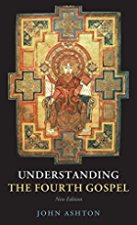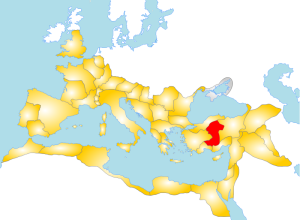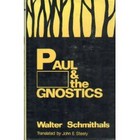For all the shortcomings of R. Joseph Hoffmann’s work on Marcion, Marcion, On the Restitution of Christianity, the one point he stressed and that was central to persuading me of the strong possibility that Marcion should be dated much earlier than is traditionally done, even as early as the opening decades of the second century, was a comment in the writings of Justin Martyr. Justin, writing in the middle of the second century, expressed some dismay that Marcion was “even now still” active and influential in the world. The clear implication is that it was surprising to see Marcion still preaching even at that late date.
Sebastion Moll in his 2010 book The Arch-Heretic Marcion knocks out that argument for an early date.
Finally, there is one passage in the work of Justin which has made some scholars believe that Marcion must already have been active before 144/145. In his Apology (ca. 153 – 154), Justin states that Marcion “has made many people in the whole world speak blasphemies” [Adv. haer. I.13,3] and that he is “even now still teaching”. . . .
Justin’s statement that Marcion is “even now still” teaching becomes understandable if we take a look at the preceding sections of the Apology. According to Justin, all heretics were put forward by the demons after Christ’s ascension to heaven. He then mentions Simon, Menander and Marcion, of whom the first two are of course long dead already. The reason for Justins’ surprise that Marcion is still teaching is not his impressively long heretical career, but the fact that he is still active so long after the demons had put forward the other heretics. (p. 39)



 The Gospel of John is notorious for its several awkward transitions and these have led a number of scholars to argue that the present Gospel we know is quite different from what must have been its first edition. A
The Gospel of John is notorious for its several awkward transitions and these have led a number of scholars to argue that the present Gospel we know is quite different from what must have been its first edition. A 
